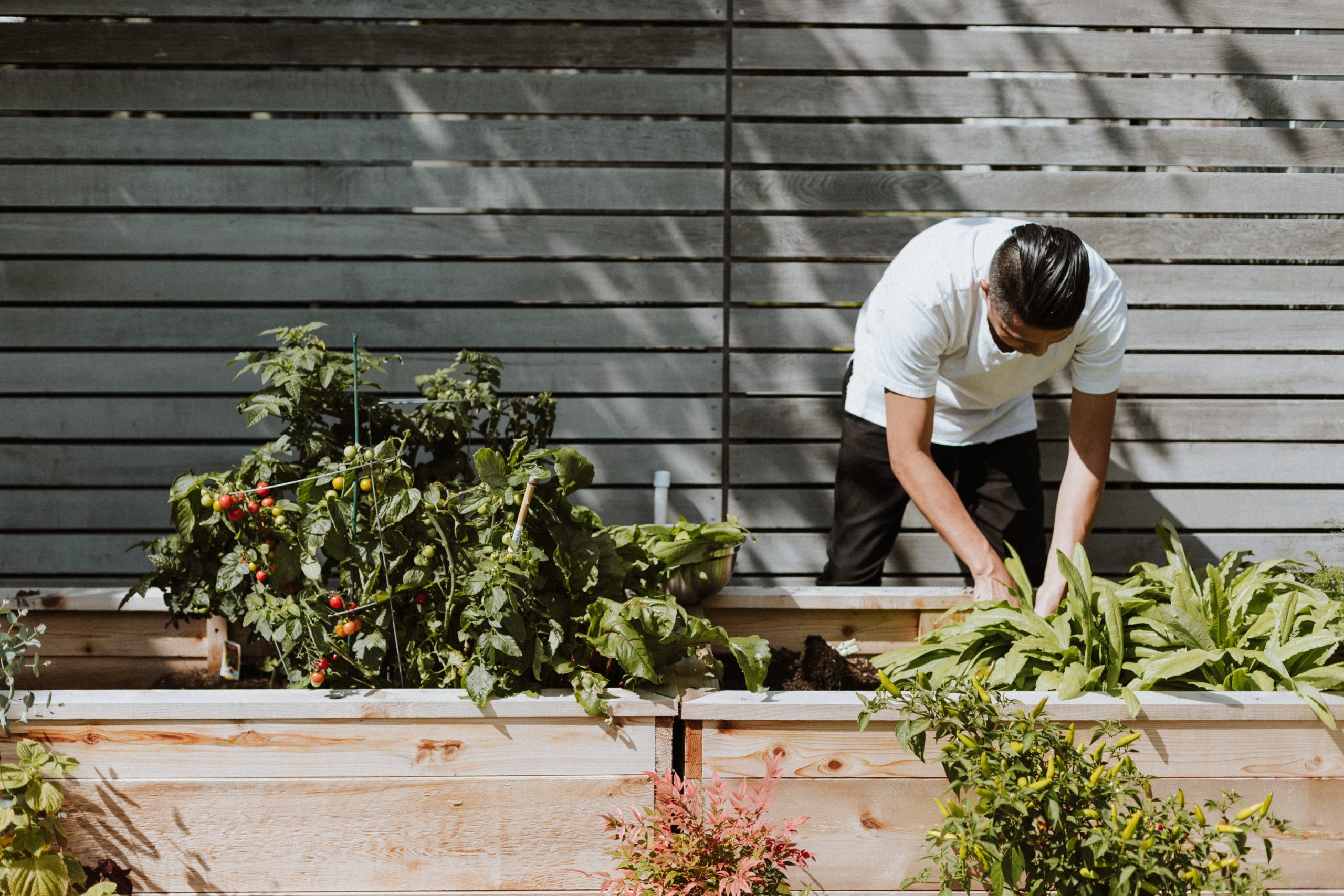Vegetable gardening is now as popular as going to the grocery store for produce. Vegetable gardening can generate crops that are typically less expensive than store-bought veggies, and ones grown at home taste considerably superior. Vegetable gardening is similar to producing herbs or flowers in that if the necessary procedures are done and the plants are properly cared for, they will thrive and produce extremely good vegetables.
You must first establish the size of the garden you want to grow and then choose a location with good drainage, air flow, and deep soil. It must also be able to receive as much sunshine as feasible. Many creatures, including dogs, rabbits, deer, and others, may try to get to your vegetables because they are so appetizing. One approach to avoid this is to encircle your garden with a fence or set traps for mice, moles, and other animals.
The soil must be thoroughly prepared before planting. Cultivation and the application of organic elements result in good soil for vegetable gardening. To manage weeds and blend mulch into the soil, the soil must be tilled (plowed). If you have a tiny garden, spading may be preferable to plowing. Mulching is also an important aspect of soil preparation. When organic matter is added to soil, it releases nitrogen, minerals, and other nutrients that plants require to thrive. Compost is the most popular and best sort of mulch. While the type and amount of fertilizer used depends on the soil and the type of plants, some plants have specific needs; for example, leafy plants such as cabbage, spinach, and lettuce grow better with more nitrogen, whereas root crops such as potatoes, beets, turnips, and carrots require more potash. Tomatoes and beans require less fertilizer, whereas onions, celery, and potatoes require more.
The garden arrangement is quite significant in vegetable planting. Because of the variety of conditions, no single plan will work for every garden. Planting vegetables that require less space together, such as radishes, lettuce, beets, and spinach, and those that require more area together, such as maize, pumpkins, and potatoes, is a popular way to layout a vegetable garden. Plant taller plants towards the back of the garden and shorter ones in the front so that their sunlight is not hindered.
When you’re finally ready to start planting your vegetable garden, make sure you do so at the appropriate time of year. If you want to get an early start, start your garden inside in a hotbed and then transplant when the weather allows. After you’ve completed planting, make sure your vegetables get enough water, which varies depending on the type of plant. Most plants require approximately one inch of water per week.
Weeds must be controlled in vegetable growing because they consume water, light, and nutrients intended for the plants, and they frequently bring disease and insects into the garden. Weeds can be controlled through cultivation or mulching. To guard against disease and insects, you can buy disease-resistant seeds or employ regulated pesticides.
Many individuals prefer vegetable gardening because they can really taste the rewards of their labor. Vegetable gardening is not too expensive to begin, and the taste of homegrown vegetables far outweighs that of commercial products. Your vegetable gardening days will be fruitful if you follow the necessary precautions when planting and maintain your garden.

